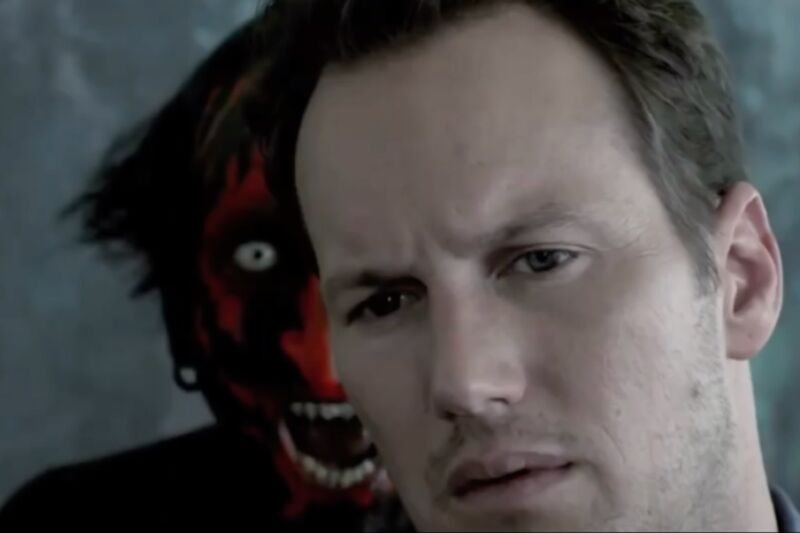
Enlarge / There's a demon behind you! Patrick Wilson starred in Director James Wan's 2010 film Insidious, one of two films used in a recent MRI study on fear. (credit: Blumhouse Productions)
When we watch horror movies, our brains are hard at work, with lots of interconnected cross-talk between different regions to anticipate perceived threats and prepare to respond accordingly. This enhances our excitement while watching, according to scientists at the University of Turku in Finland. Researchers used an MRI to map the neural activity of subjects while the subjects watched horror movies. Their findings are described in a recent paper published in the journal NeuroImage.
According to co-author Matthew Hudson, now at the National College of Ireland in Dublin, the objective was to take a closer look at dynamic interactions in the brain during an intense emotional experience. Most prior studies on neural mechanisms have adopted a binary approach, in that the focus is on comparing two conditions. But this ignores the temporal dynamics between the two conditions—the continuous fear response.
Hudson told Ars, "We wanted to use a naturalistic stimuli and new ways to analyze neural data to try and understand exactly how the fear response changes over time" rather than simply comparing brain activity before and after a perceived threat. Horror movies provided the perfect fear-inducing stimulus.
No comments:
Post a Comment